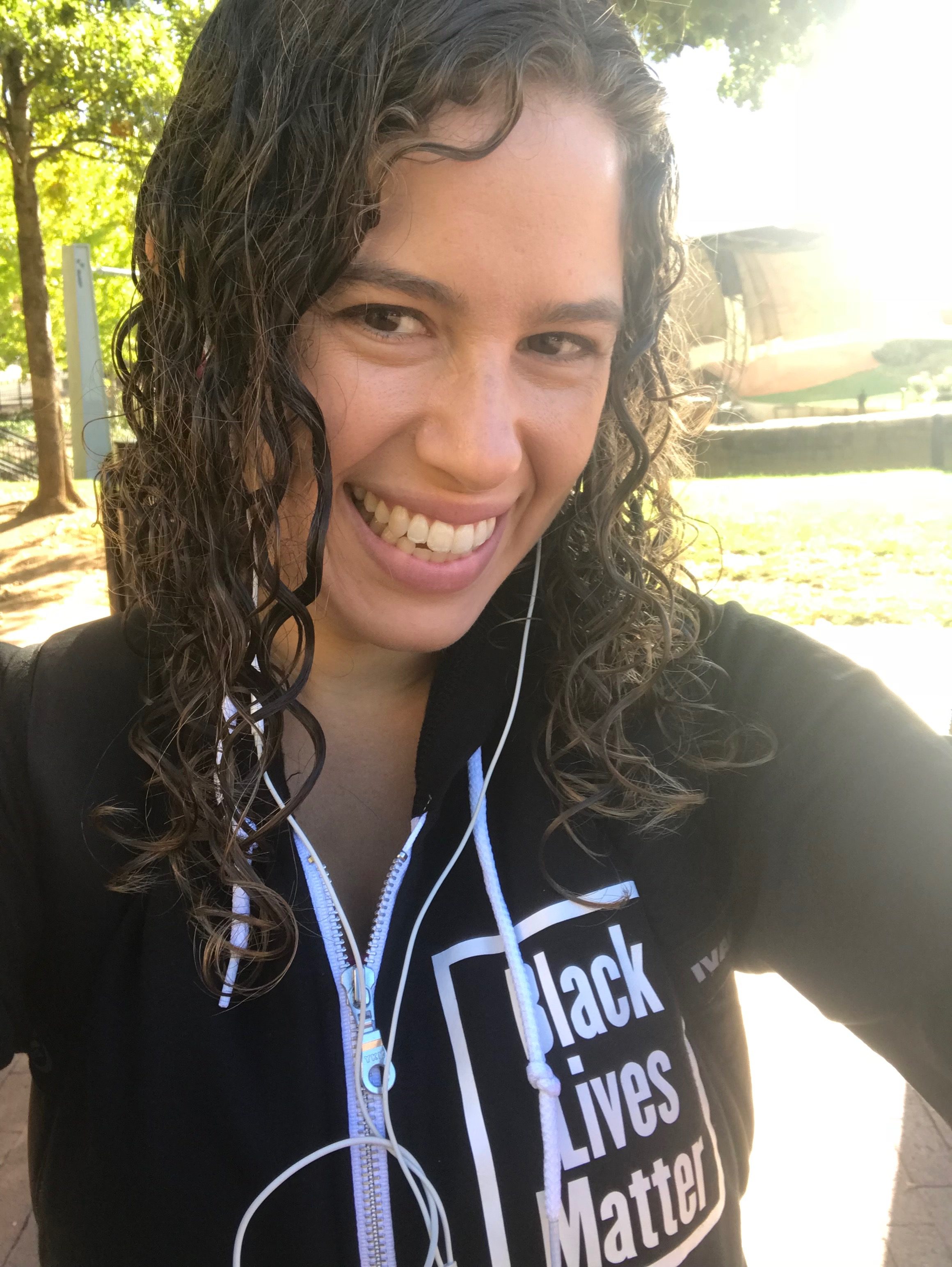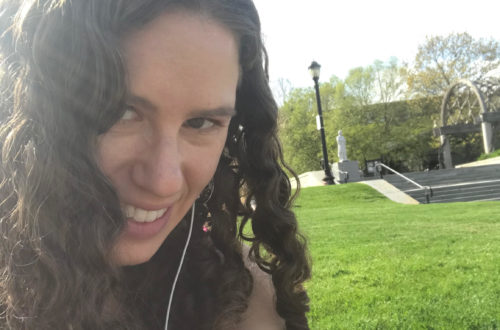JOINT COMMITTEE ON EDUCATION
***Testimony of Miriam R. Arbeit, M.A. in support of***
***H. 450/S. 209 An Act Relative to Healthy Youth***
May 14, 2013
Chairwoman Chang-Diaz, Chairwoman Peisch, and members of the Joint Committee on Education, I, Miriam R. Arbeit, am pleased to offer this testimony in support of H. 450/S. 209, An Act Relative to Healthy Youth.
I am a third-year doctoral student working on my Ph.D. in Child Development at Tufts University. As a youth development researcher, I enthusiastically commend the beneficial impact this bill would have on the youth and families of the Commonwealth.
An Act Relative to Healthy Youthis a critical legislative initiative that will help more young people have access to comprehensive, medically accurate, and age-appropriate sexual health education. It will also ensure that no young people are shamed or taught lies about their bodies and their choices while in public school.
In my research institute at Tufts, we study Positive Youth Development in diverse adolescents across the country, which means we see young people as resources to be developed, not as problems to be managed1. This approach makes a vital difference when it comes to supporting adolescent health. For all of us – youth and adults – sex is an area of our lives that can be both positive and challenging – and, yes, even risky2. The best way to promote sexual health and address sexual risk is to talk about it. Sex education is a perfect opportunity for youth to develop skills like communication, healthy relationships, decision-making, planning, and critical thinking3. Such life skills can contribute to their positive development throughout adolescence and into adulthood4.
The power of this bill is that it sets meaningful standards for our schools. We don’t have to tell districts that they must include algebra in their math curricula, or that they cannot say triangles have five sides. But, unfortunately, we very much need to send these messages to districts regarding sex education: they cannot spread lies and they cannot omit vital information.
I used to be a health teacher in a Massachusetts school district. The health curriculum explicitly included sex ed and it was my job to teach HIV prevention to all of my students. But I was warned NOT to teach about homosexuality, condoms, or birth control, and not to discuss oral or anal sex.
How is anyone supposed to teach HIV prevention without discussing the life-saving potential of a correctly-used latex condom? How is anyone supposed to teach pregnancy prevention without discussing safe hormonal birth control methods and other medically available options? How is anyone supposed to promote sexual health without acknowledging the sexual world students already observe in the media every day5,6?
I made a worksheet on the concept of consent. The goal was to establish the standard that when two people kiss each other or engage in other activities, it must be something they both want and agree to do.
I was reprimanded for making this worksheet and prohibited from discussing it with my students.
In 2011, 84% of high school students in the Commonwealth said they learned about HIV/AIDS in school and 49% said they learned how to use a condom7. That means that over one-third of our high school students learned about HIV without learning how to use condoms. What were they learning? There was nothing in place to protect those young people from the lies and shame that are too frequently invoked in the name of prevention. Such an approach leaves young people vulnerable to sexual coercion and more likely to have sex without protection8,9.
It does not have to be this way. If schools provide sex education, we must require them to do it well.
We all agree that young people need quality education. And quality education includes medically-accurate, age-appropriate, comprehensive sexual health information. An Act Relative to Healthy Youth is one important step towards promoting the positive development of young people and helping them thrive in all areas of their lives.
Please Give a Favorable Report to An Act Relative to Healthy Youth
(H. 450/S. 209)
References
1. Lerner RM, Lerner JV, von Eye A, Bowers EP, Lewin-Bizan S. Individual and contextual bases of thriving in adolescence: a view of the issues. Journal of adolescence. 2011;34(6):1107–14. Available at: http://www.ncbi.nlm.nih.gov/pubmed/22056088. Accessed June 13, 2012.
2. Tolman DL, McClelland SI. Normative Sexuality Development in Adolescence: A Decade in Review, 2000-2009. Journal of Research on Adolescence. 2011;21(1):242–255. Available at: http://doi.wiley.com/10.1111/j.1532-7795.2010.00726.x. Accessed March 8, 2013.
3. Kirby D. Emerging Answers 2007: Research Findings on Programs to Reduce Teen Pregnancy and Sexually Transmitted Diseases. The National Campaign to Prevent Teen and Unplanned Pregnancy; 2007:72–81. Available at: http://www.thenationalcampaign.org/EA2007/EA2007_full.pdf.
4. Lerner RM. Liberty: Thriving and civic engagement among American youth. Thousand Oaks, CA: SAGE Publications; 2004.
5. Kim JL, Sorsoli CL, Collins K, et al. From sex to sexuality: exposing the heterosexual script on primetime network television. Journal of sex research. 2007;44(2):145–57. Available at: http://www.ncbi.nlm.nih.gov/pubmed/17599272.
6. Ward LM. Understanding the role of entertainment media in the sexual socialization of American youth: A review of empirical research. Developmental Review. 2003;23(3):347–388. Available at: http://linkinghub.elsevier.com/retrieve/pii/S0273229703000133. Accessed February 28, 2013.
7. Massachusetts Department of Elementary and Secondary Education. Health and Risk Behaviors of Massachusetts Youth. 2012;(May). Available at: http://www.doe.mass.edu/cnp/hprograms/yrbs/2011Report.pdf.
8. Fine MM, McClelland SI. Still Missing after All These Years. Harvard Educational Review. 2006;76(3):297–338.
9. Santelli J, Ott MA, Lyon M, et al. Abstinence and abstinence-only education: a review of U.S. policies and programs. The Journal of Adolescent Health. 2006;38(1):72–81. Available at: http://www.ncbi.nlm.nih.gov/pubmed/16387256. Accessed July 24, 2012.

